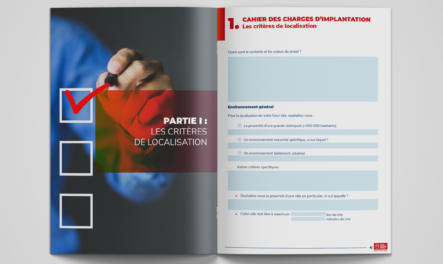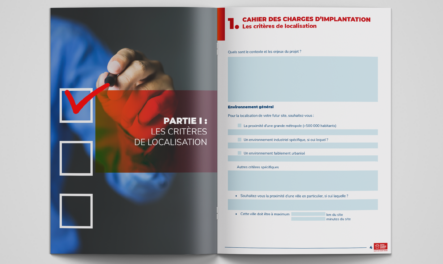2. Save valuable time
Drafting detailed specifications may strike you as a tedious task, but it will save you a significant amount of time as you see your project through.
Having good specs streamlines your relationships with your partners, who can get to work right away, without stopping to research your needs.
Meanwhile, you avoid long exchanges as you coordinate with people on the ground. Since all of the relevant information is already in the specs, your contacts can simply refer to them.
And when your partners have detailed information on your essential site-selection criteria, they can quickly identify locations that work for you. You won’t waste time exploring options that clearly don’t meet your expectations.
3. Save money
With a set of well-drafted specifications, you’ll also cut site-selection costs.
First, you’ll automatically reduce the person-hours you spend searching for your site, because the process takes less time and fewer resources.
Second, specs limit the number of hiccups and hurdles, which waste time and generate unexpected costs for your project, such as bringing in new partners.
Good specifications also shorten the timeline between making the investment decision and kicking off operations at the new site. In short, you’re up and running faster. And depending on the nature of your project, that quick start can give you a valuable competitive edge.
Finally, specs help you choose the ideal site. When you apply very detailed criteria, you increase the chances that your investment will succeed over the long term.








